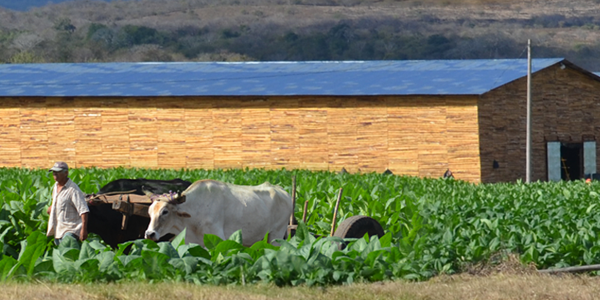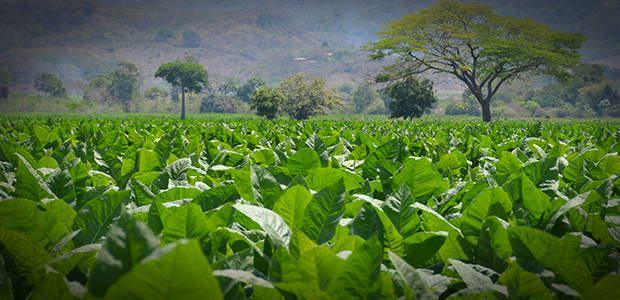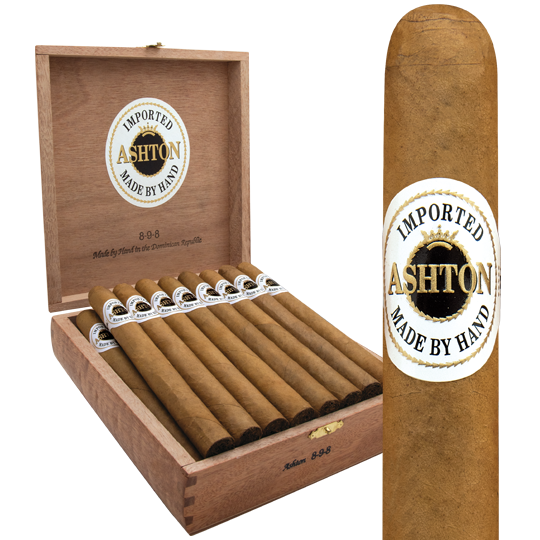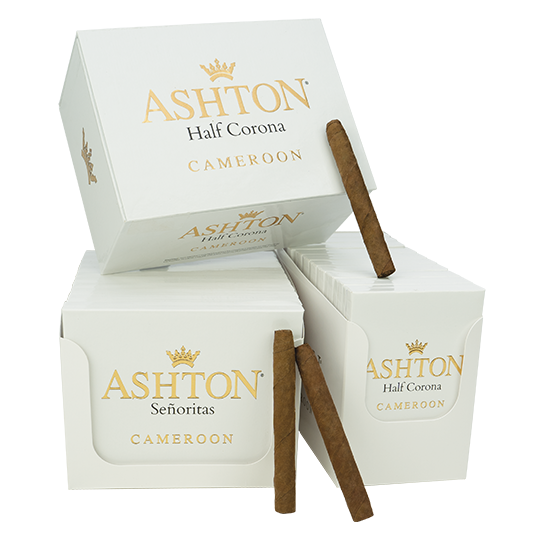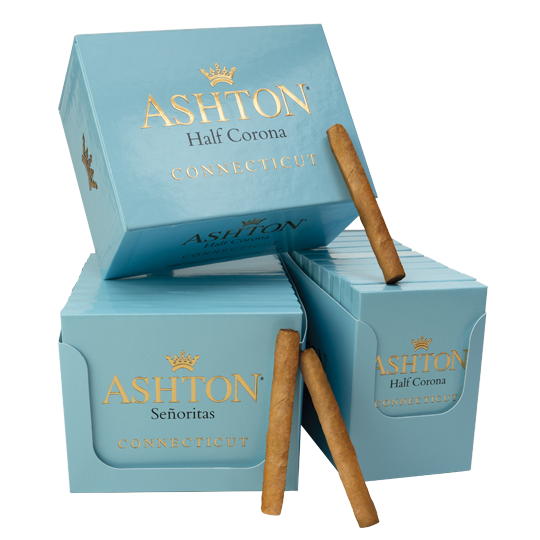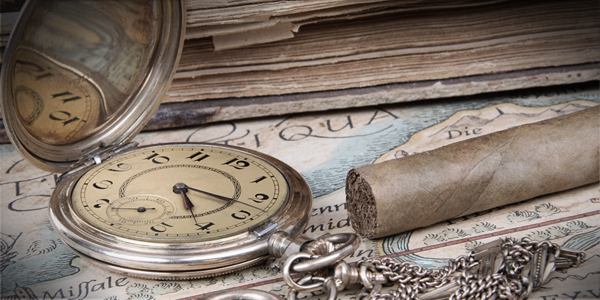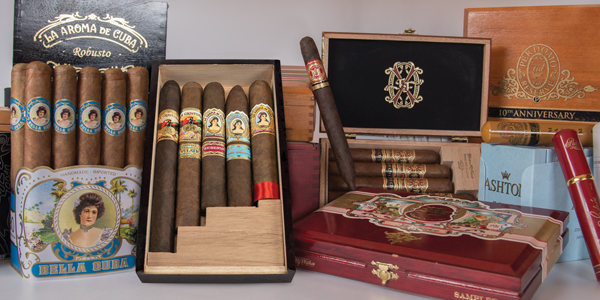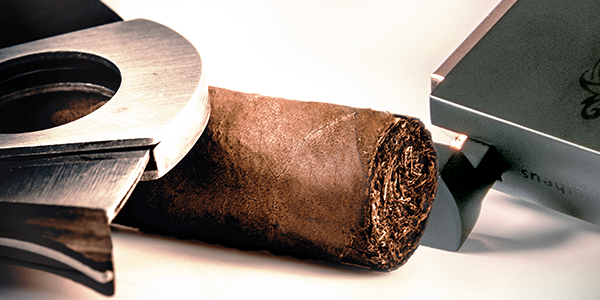What Makes a Cigar a Cigar?
For centuries, cigars have conveyed an air of rarified sophistication. A cigar conjures images of successful businessmen, new fathers celebrating the birth of a child, or a close-knit group of pals indulging in a decadent night out at an elite club -- essentially, cigars frequently accompany moments of celebration and make special occasions all the more memorable.
Although discriminating cigar connoisseurs will happily debate what separates a good cigar from a great cigar, tastes can be subjective depending on your palate and preference for a specific aroma and flavor. Nevertheless, there is an art to enjoying, collecting, and appreciating cigars – whether they hail from Nicaragua, the Dominican Republic, Cuba, or are even rolled from tobaccos grown domestically within the United States.
While the mere mention of a cigar can call to mind a thousand images, the definition of a cigar cements its reputation as something special.
What is a Cigar?
A cigar is a tightly rolled bunch of tobacco leaves that have been aged, dried, blended, and/or fermented to achieve a rich, flavorful taste when smoked. Although a cigar’s interior is a complicated affair, what truly differentiates cigars from cigarettes, cigarillos, and other tobacco products are their size, construction, types of tobaccos, and the fact that they are patiently crafted by hand. Traditionally, many premium, handcrafted cigars are adorned with intricate and colorful bands that identify the brand, blend and manufacturer.
Cigar Sizes
While there is no standard diameter or length for a cigar, most cigars range between 5” and 7 ½“ in length, and between a half-inch and one inch in diameter. The diameter of a cigar is measured according to its ring gauge, which determines width. Ring gauges are measured in 64ths of an inch. A cigar ring size of 64 would mean a cigar is one inch in diameter -- among the largest cigars on the market. By the same token, a 32-ring cigar measures a half-inch diameter.
So, why does size matter when it comes to cigars? In terms of size, length and diameter dictate how long it takes to smoke a cigar. Wider cigars burn at a far slower rate due to the fact that their filler materials receive more air. And of course, a longer cigar will burn for a longer amount of time than a shorter cigar of the same ring gauge. Cigar size, or format, plays a significant role in the degree to which flavor is concentrated in a given shape. Thinner cigars display a different ratio between the centermost tobaccos and the wrapper leaf, which results in an added concentration of flavor than thicker cigars. Cigars that are fatter tend to disperse the tasting notes in a given blend in cooler, more approachable draws.
What’s Inside a Cigar?
Cigars are comprised of three different types of leaves: filler leaves, binder leaves, and the wrapper. Binder and filler tobacco leaves make up the interior of a cigar’s ingredients. Binder leaves come from the middle of the tobacco plant and are harder and rougher to the touch. These leaves have a higher moisture content than filler leaves. While they don’t receive as much time and attention as filler during the aging process, binder leaves are essential to the construction of a well-made cigar because they ensure that the finished product exhibits ideal structure and maintains its overall shape.
Filler leaves provide a cigar with its unique flavor profile. Expert cigar-makers understand that it takes a well-paired selection of tobaccos to craft a cigar. Aging the leaves makes for a smoother, more approachable flavor, whereas younger leaves have a bit more bite and a sharper taste. Filler leaves also determine the burn rate of a cigar -- how evenly a cigar burns as you’re enjoying it. For this reason, filler leaves are harvested and fermented to ensure a smooth, even burn.
The length of the leaves that make up a cigar’s filler also impacts how quickly it will burn. Longer leaves are typically arranged in a fan-shaped pattern before being rolled by hand. Longer leaves offer a smoother, longer burn time. Ultra-premium cigar brands exclusively use long-filler tobaccos. By contrast, short-filler tobaccos (also referred to as mixed-filler, or sandwich tobaccos) are commonly used in a number of less expensive cigars and brands that are packaged in bundles. Short-filler tobaccos can be comprised of the remnants from long-filler leaves used in premium, top-shelf cigars. Short-fillers can even be found in a number of machine-made, or mass-produced cigars, however, the best short-filler cigars are still crafted by hand and are also classified as a premium product.
Cigar Wrappers: The Finishing Touch on a Flavor Profile
The centermost tobaccos are wrapped in an outer leaf that enhances and ultimately determines the flavor of a fine, handcrafted cigar. The outer leaf can range in color from a pale green to a rich, dark brown or black. Typically, a lighter-colored wrapper, such as a Connecticut Shade, will yield a lighter, creamier flavor that is less pronounced. By contrast, darker wrappers, such as the Maduro or Oscuro variety, will impart a sweeter or spicier flavor that bears an amplified intensity. A number of popular wrappers are grown in Ecuador, Nicaragua, Cameroon and the San Andrés region in Mexico. Seed origins also determine the taste of a given wrapper to a large extent. For example, a Cuban-seed wrapper grown in Ecuador (also called an Ecuador Habano wrapper) will impart a markedly different flavor profile than a Sumatra-seed wrapper grown in Ecuador (also referred to as an Ecuador Sumatra wrapper). Many of the industry’s most revered cigar-makers obsess over matching the perfect wrapper, binder and filler tobaccos to achieve a balanced and entirely harmonious profile and aroma. The greatest cigar-makers not only succeed at developing a number of amazing cigars, but they are able to produce each blend consistently, year after year, even in the face of unpredictable growing seasons.
What is the Difference Between a Cigar and a Cigarillo?
A cigarillo -- sometimes known as the 7-minute cigar -- is a miniature version of a cigar. These miniature cigars are shorter and thinner than traditional, premium, handcrafted cigars and take a fraction of the time to smoke. In terms of size and length, a cigarillo ranges between 3-4 inches long and between 6-9 millimeters wide.
Due to their size, a cigarillo will obviously contain less tobacco than a cigar. However, when compared to a cigarette, a cigarillo packs three grams of tobacco compared to the paltry one gram (or less) of tobacco contained in a cigarette. Additionally, cigarettes have a filter, whereas most cigarillos (like cigars) are made without a filter. The tobacco content of a cigarette is encased in paper, while the wrappers of both cigars and cigarillos are made from tobacco leaves, giving them a far richer, more complex taste.
Fine cigars are meant to be enjoyed by a variety of individuals who cherish the flavor and aroma premium tobaccos deliver when blended and crafted under the care and attention of a patient, knowledgeable expert. Regardless of your favorite blend, brand, or shape, chances are good that a number of cigars will leave a marvelous impression on your senses. Indulge in a handcrafted work of art today and let us know your thoughts on what makes a cigar a cigar in the comments below.

